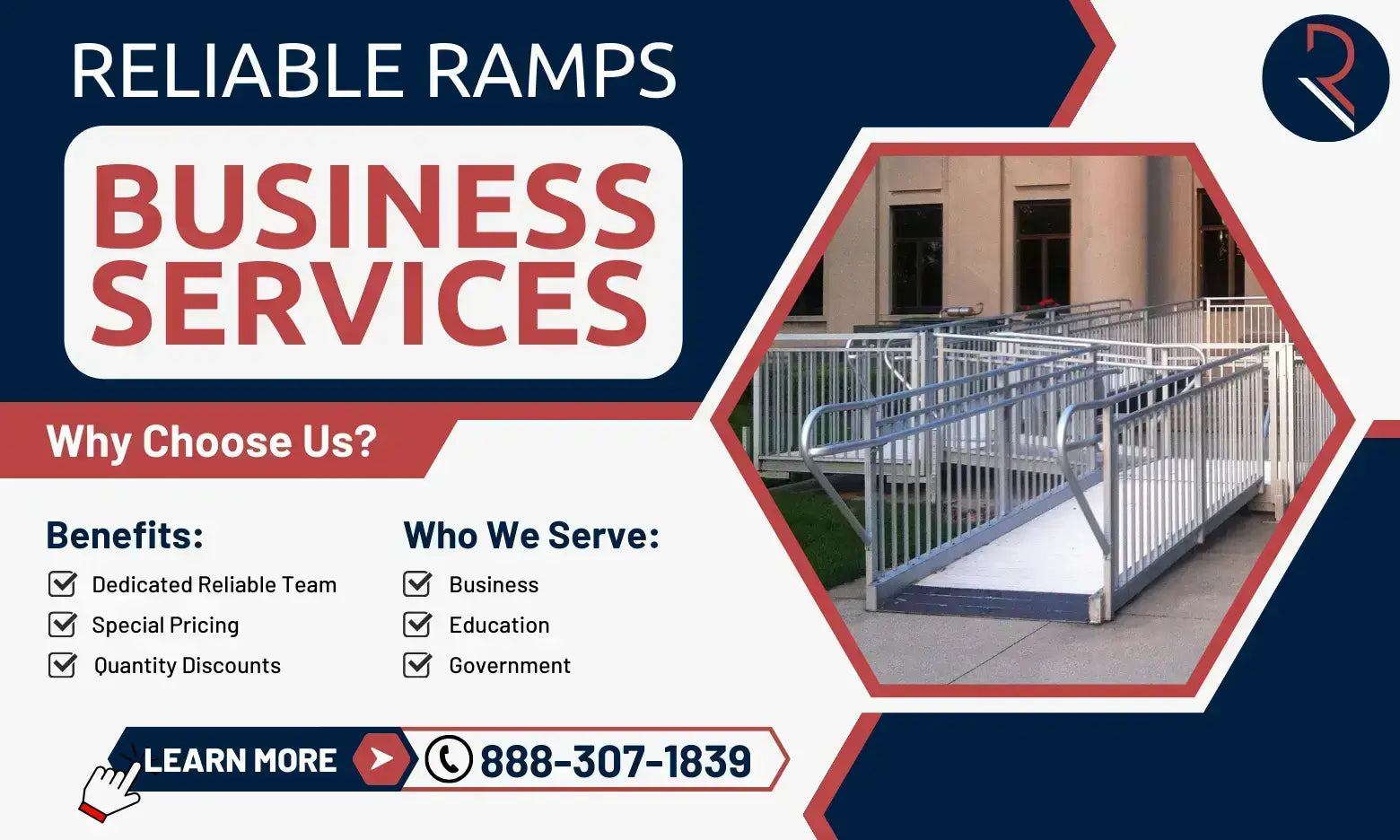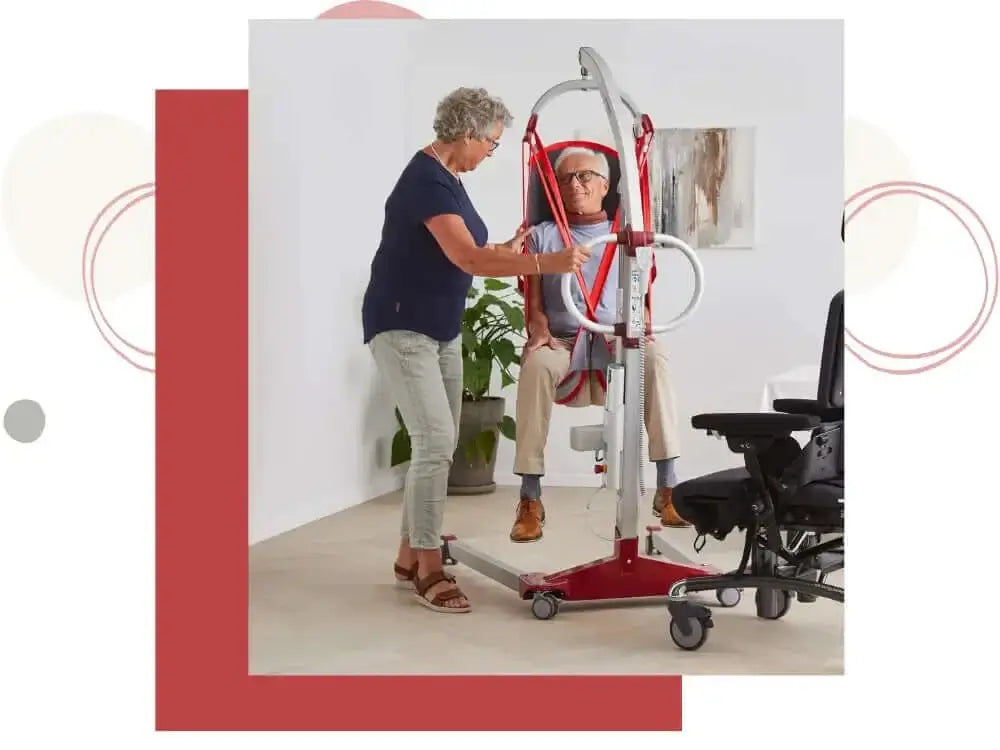London, a lively tapestry of societies and passion, offers a distinct and typically bewildering landscape for those seeking romance. The large quantity of potential companions, paired with the city’s busy way of life, creates a dating atmosphere as thrilling as it is discouraging. As the short article highlights, compatibility is a significant difficulty, with around 65% of Londoners having a hard time to discover partners who align with their needs. This statistic underscores the obstacle of browsing a city where cultural nuances and individual expectations frequently clash according to -.
The digital world, dominated by apps like Bumble, Tinder, and Joint, plays a pivotal function in London’s dating scene. While these systems supply a vast swimming pool of possible suits, they typically lead to shallow interactions. As Jeremy aptly notes, hours of online chatting can leave one feeling like they’ve only scratched the surface. This sensation indicate a critical need for a shift in strategy: moving beyond plain swiping to cultivate much deeper, much more purposeful discussions. The post recommends that focusing on deliberate expedition instead of short lived encounters is vital to overcoming this difficulty according to -.
Furthermore, London’s rich cultural diversity, while a substantial possession, likewise presents communication obstacles. The differing histories of its residents affect their dating assumptions and styles. More youthful individuals, specifically, commonly accept laid-back strategies to relationships, which can result in misconceptions. A study disclosing that 50% of individuals found cultural differences muddling discussions concerning relationship goals highlights the value of open and straightforward discussion. Being in advance concerning intentions can link cultural gaps and foster clearer communication, a need in today’s complicated social landscape.
The complexities of London dating are more compounded by family expectations. Stabilizing personal needs with domestic or social standards, especially for those from diverse cultural backgrounds or LGBTQ+ neighborhoods, adds another layer of details. Recognizing one’s very own heritage and being open to learning about a partner’s background becomes extremely important. Sharing experiences related to family members traditions can foster affection and disclose special challenges, creating a much deeper connection.
Nonetheless, amidst these difficulties, a twinkle of hope arises. The pandemic has motivated a substantial shift in dating concerns. Over 70% of respondents now share a desire for much deeper emotional affection, relocating away from superficial communications. This evolving context uses an opportunity to grow genuine connections that go beyond short-term encounters. Concentrating on top quality over amount, participating in wholehearted discussions, and checking out common worths and objectives are becoming significantly essential for effective dating in London.
In essence, browsing London’s dating scene requires a mix of perseverance, open communication, and a desire to welcome multiculturalism. The change towards prioritizing meaningful links, driven by current worldwide occasions, uses an appealing direction. As we assess the societal stress and complexities of contemporary romance, it’s clear that comprehending ourselves and our prospective partners on a deeper level is crucial to creating lasting bonds in this vibrant city atmosphere.




